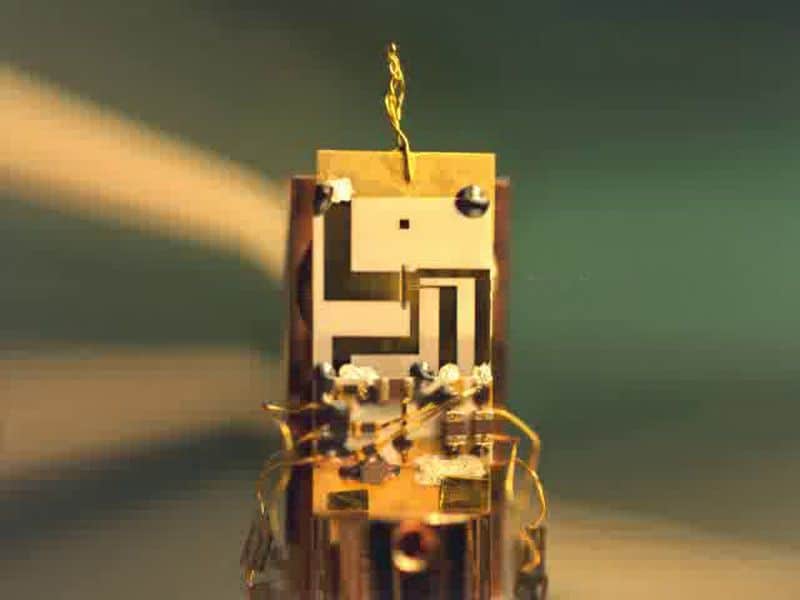<
Image Source : scx1.b-cdn.net
In this atomic clock, instead of cesium, an aluminum atom along with a beryllium atom is used to measure a second. The accuracy of this clock is said to be one-second in 3.7 million years. This atomic clock was built by the NIST in 2010. Laser is used to chill down the aluminum and beryllium atom to absolute zero temperature and another laser is used to makes changes in these atoms.
The NIST clock
Image Source : Nist.Gov
This is the result of collaboration between Joint Institute for Laboratory Astrophysics (JILA) and the National Institute of Standards and Technology (NIST). The precision of this clock is one-second in 5 billion years. The clock uses strontium in lieu of cesium atoms.
Cryogenic optical lattice clock
Image Source : Histerius.Com
Last but not the least, in fact the most accurate clock of all time with an accuracy of one-second in 16 Billion years. The clock has been developed in Japan under the leadership of Professor Hidetoshi Katori of the University of Tokyo. In this optical lattice clock strontium atoms are trapped by laser and cooled to -180°C.
Since the introduction of the atomic cesium clock in 1955, there have been many breakthroughs in the field of technology including the global positioning system. The Optical lattice clock technology will help the scientists to study a variety of phenomenon with precision, especially the geological ones like earthquakes and volcanic eruptions.
]]>


